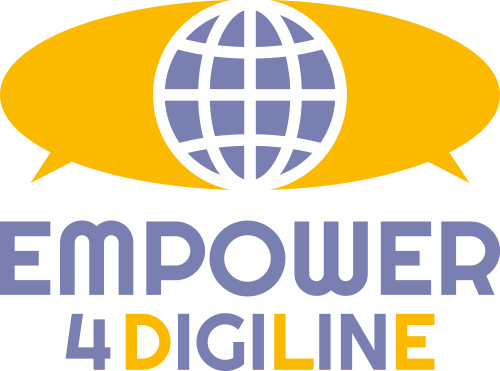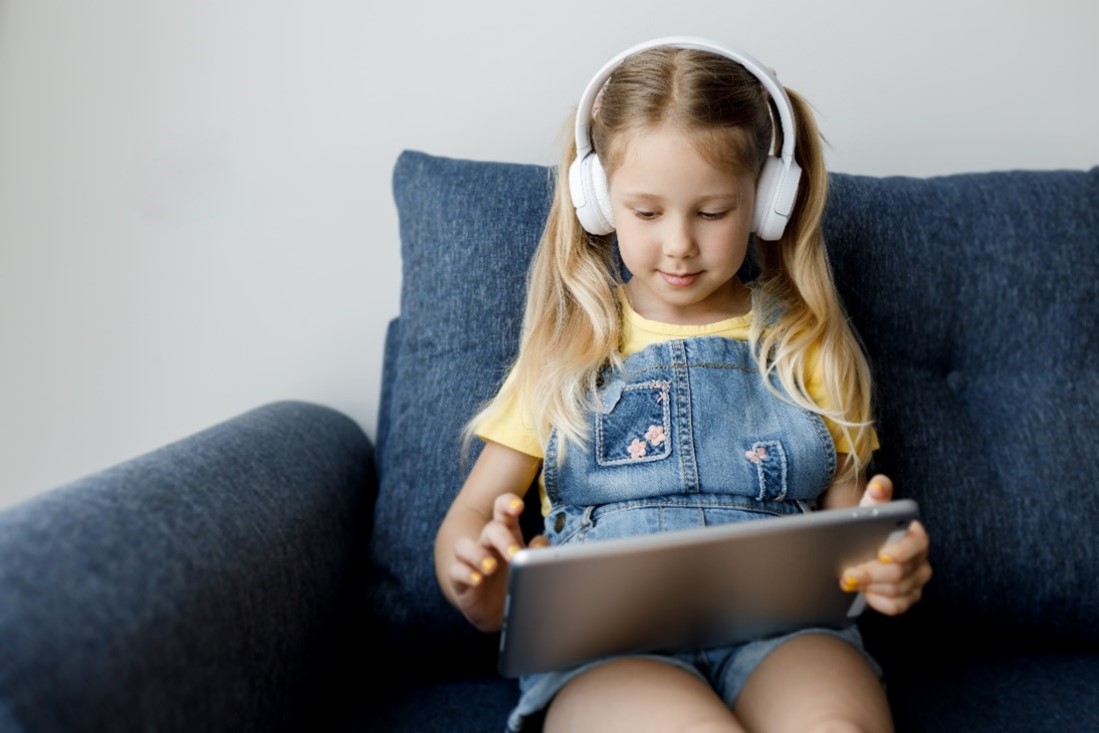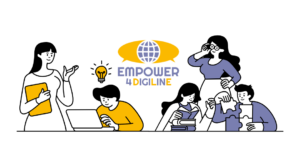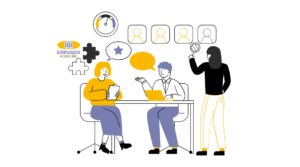The increasing trend of globalisation enhances the importance of language skills at both individual and societal levels (OECD, 2012). Consequently, acquiring a second language has become essential. There is now a growing demand for bilingual and even multilingual individuals (Soares et al., 2013), making it a priority in modern education (Glazer et al., 2017). This demand is also driven by migration and cultural exchanges, which turn countries into multilingual and multicultural societies, and by the Internet’s ability to connect people worldwide. Thus, individuals and societies must equip themselves and future generations with the necessary skills to thrive in a multilingual world.
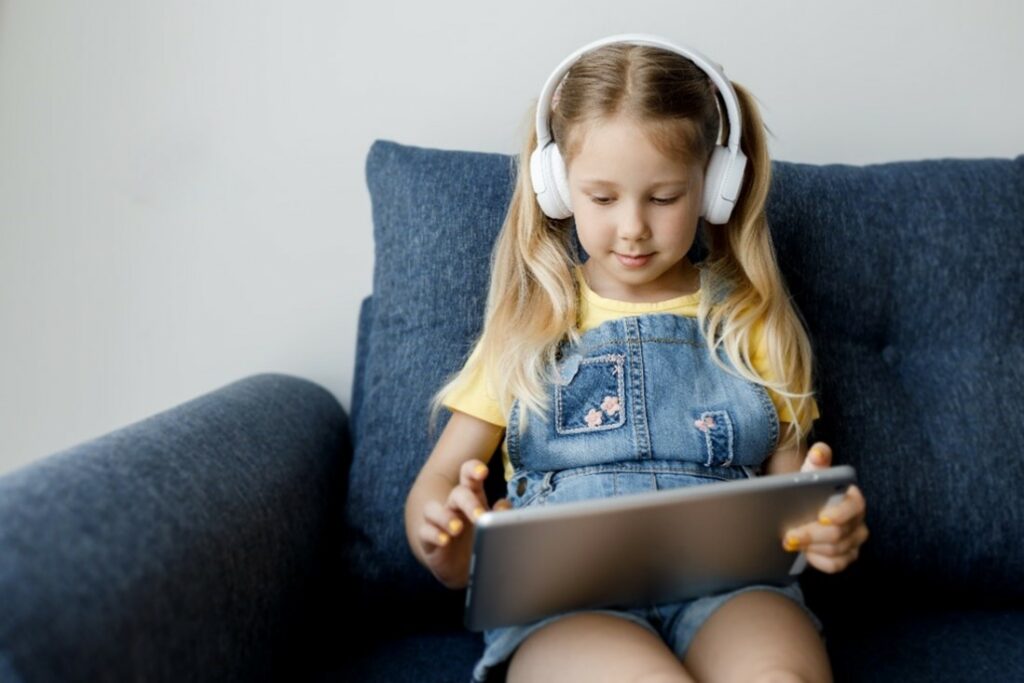
Picture by Holiak on Freepik
Additionally, globalisation has facilitated access to language learning resources from around the globe. While learning a new language can be challenging and time-consuming, the Internet and online platforms now make it possible to take language courses and access materials from anywhere. Technology-based learning has significantly enhanced language education by offering innovative tools that are especially useful for students who struggle with traditional methods or seek new ways to study. These tools have great educational potential both in and out of the classroom, allowing learners to access diverse instructional materials and engage with native speakers through online courses (Bećirović et al., 2021).
Digital language learning technology, which allows students to customise their learning experience and work at their own pace, enhances the learning process and maximises active learning. It also enables students with specific learning disorders (SLD) to adapt the learning process to their needs. This personalised approach helps students make the most of their study time, reducing frustration and fostering learner autonomy (Bećirović et al., 2021).
Digital language tools, beyond being enjoyable and efficient, add significant value to language learning by offering a wide range of resources in various contexts and formats, from interactive software to online classes and e-Books. Our project, BiblioLingua, focuses on creating e-Books to improve students’ language skills, particularly those with specific learning disorders, hearing impairments, or from disadvantaged backgrounds, through digital, adapted, and illustrated reading experiences. We believe in the potential of e-Books, as many offer features like adjustable text size, font, and background colour, making them more accessible to students with visual impairments or reading difficulties. Additionally, e-Books can include audio versions, beneficial for students who are deaf or hard of hearing or those working on listening comprehension skills. These features make the reading experience more inclusive and accessible for all.
References:
Bećirović, S., BrdarevićČeljo, A. and Delić, H. (2021). The use of digital technology in foreign language learning, SN Soc Sci, 1(246). https://doi.org/10.1007/s43545-021-00254-y
Glazer, M., Harris, K., Ost, D., Gower, M. and Ceprano, M. (2017). Creating Bilingual Books to Facilitate Second Language Learning. Journal of Inquiry & Action in Education, 8(2), 81-89. https://files.eric.ed.gov/fulltext/EJ1140121.pdf
Soares, T., Anguera, X. and Trancoso, I. (2013). Second Language Learning Using Bilingual eBooks. (Publication no. 13588). Instituto de Engenharia de Sistemas e Computadores. https://www.inesc-id.pt/publications/13588/pdf
Organisation for the Economic Cooperation and Development (2012). Languages in a Global World. Learning for Better Cultural Understanding. https://doi.org/10.1787/20769679
